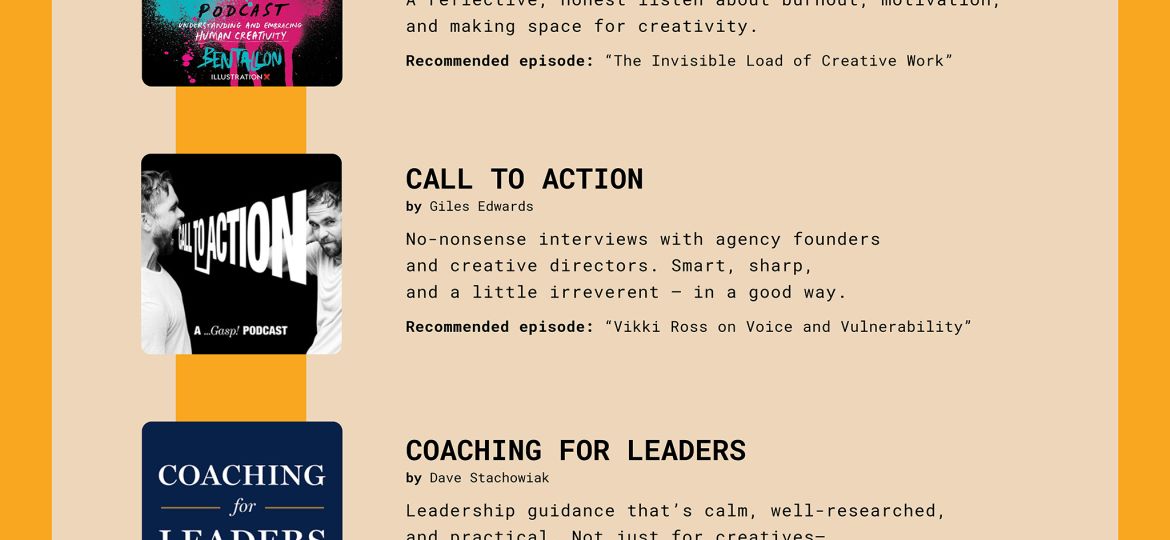As a CEO, understanding the Agile framework can give you a clearer perspective on how to make your organization more responsive, collaborative, and adaptable in today’s fast-paced market. Agile isn’t just a set of principles for software development; it’s a mindset that emphasizes flexibility, cross-functional teamwork, and delivering value early and often. Below is a breakdown of what you need to know to lead your teams effectively under Agile.
What Is Agile?
Agile is a framework that allows teams to deliver projects incrementally, using short work cycles called “sprints.” This approach fosters constant feedback, allowing teams to pivot quickly in response to new information or changing priorities. It’s the opposite of rigid, long-term planning—Agile is built for change.
Key Principles of Agile:
- Individuals and interactions over processes and tools.
- Working solutions over comprehensive documentation.
- Customer collaboration over contract negotiation.
- Responding to change over following a plan.
These principles, from the Agile Manifesto, reflect its core goal: delivering value in a way that responds quickly to shifts in business needs.
Why CEOs Should Care About Agile
Agile offers significant advantages that directly affect the organization’s bottom line and competitiveness:
- Faster Time-to-Market: Agile teams work in short cycles (usually 2-4 weeks), delivering usable products at the end of each sprint. This continuous delivery means your company can respond to market demands quickly.
- Increased Flexibility: Agile allows for scope changes based on real-time feedback. If market conditions shift, Agile teams can pivot faster than traditional teams locked into long-term plans.
- Better Risk Management: Agile exposes issues early by working in smaller, iterative cycles. This reduces the chance of large-scale project failures, which can be costly.
- Higher Employee Engagement: Agile teams work cross-functionally, with a high degree of autonomy. This often leads to increased satisfaction, as employees have more ownership over their work.
How Agile Differs from Traditional Approaches
Traditional project management is typically linear, following a “waterfall” model where each phase (planning, design, development, testing, deployment) happens sequentially. In contrast, Agile is cyclical, with teams working on iterations of the product throughout its development.
Key differences:
- Waterfall: Fixed scope, rigid timeline, long development cycles.
- Agile: Flexible scope, adaptable timeline, continuous development, and feedback.
Implementing Agile in Your Organization
As a CEO, your role in an Agile transformation is crucial. It starts with fostering a culture that embraces collaboration, experimentation, and transparency. Here’s how to begin:
- Support Cross-Functional Teams: Agile thrives when small, empowered teams work together. Break down silos and encourage departments (engineering, marketing, design) to collaborate.
- Encourage Decentralized Decision-Making: In Agile, teams have the autonomy to make decisions quickly, without waiting for executive approval. This speeds up innovation but requires trust from leadership.
- Prioritize Customer Feedback: Shift your focus from long-term product roadmaps to customer needs in real-time. Agile is all about delivering what’s valuable to the end user, quickly and often.
- Invest in Training: Agile isn’t intuitive for every team. Provide training for employees at all levels, especially managers, who will need to support teams in this new approach.
- Embrace Failure as Learning: Agile encourages experimentation, and not all experiments will succeed. Foster an environment where failure is seen as part of the innovation process, not a roadblock.
Common Challenges CEOs Face with Agile
- Cultural Resistance: Agile is a mindset shift, and some teams may resist change. As a leader, you must champion the cultural values that make Agile work—transparency, adaptability, and teamwork.
- Overlooking Strategic Alignment: Agile can be fast-paced, but speed without direction isn’t useful. Ensure your Agile teams’ work aligns with the broader business strategy to avoid working in silos.
- Measuring Success: Traditional KPIs might not work well with Agile. Instead of measuring success solely by hitting long-term targets, focus on shorter, value-driven metrics like customer satisfaction, team velocity, and innovation output.
Conclusion
Adopting Agile can transform your organization by making it more adaptive, customer-focused, and resilient. As a CEO, you set the tone for this transformation. Encourage cross-team collaboration, empower your teams to make decisions, and prioritize continuous learning over rigid planning. By embracing the Agile framework, you not only make your company more responsive to change but also more competitive in the market.





